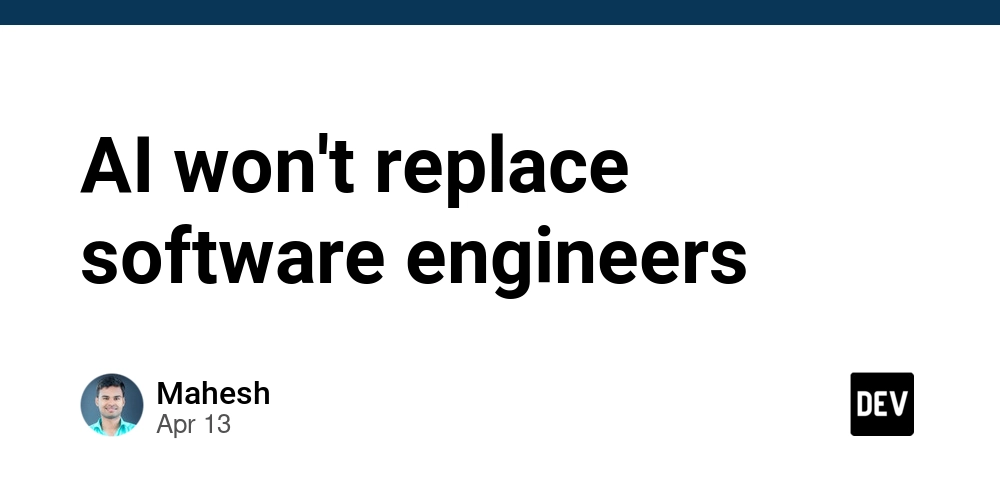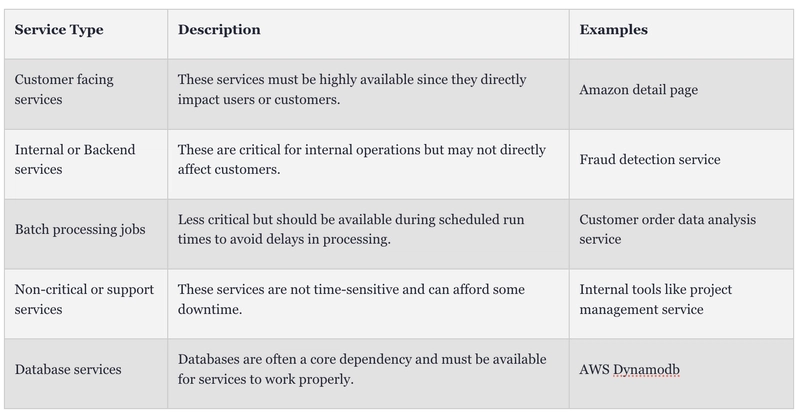AI won't replace software engineers
1. The Ambiguity Gap: Translating Human Intent into Precise Code Natural languages (like English which non software-engineers use) are inherently less precise than formal logic languages (like Python or mathematics which software-engineers use). AI's Challenge: A single sentence in English can be interpreted in multiple ways, leading to different functional outcomes if directly translated into code. While AI can generate code from natural language prompts, it often struggles with nuance, implicit assumptions, and resolving ambiguities without clarification. It might generate syntactically correct code that doesn't match the user's actual intent or misses crucial edge cases hidden within the ambiguity. The Human Edge: Experienced software engineers excel at bridging this gap. They ask clarifying questions, understand context, read between the lines of requirements, anticipate potential misunderstandings, and engage in dialogue to ensure the final code precisely matches the intended functionality and business logic. This interpretive and communicative skill is hard for AI to replicate. 2. Trust, Accountability, and High-Stakes Systems Building and deploying software, especially in critical domains (finance, healthcare, infrastructure, security), involves significant risk. When errors occur, they can lead to catastrophic failures, data loss, financial damage, or even harm to individuals. Businesses won't trust AI with critical code like this because AI faces no consequences for errors, unlike humans who risk their reputation and job. The Accountability Void: Currently, AI systems lack legal personhood and genuine accountability. If AI generates faulty code causing massive losses, who is responsible? The AI vendor? The company using the AI? The engineer who reviewed (or didn't review) the code? This lack of clear liability makes businesses hesitant to fully entrust mission-critical development solely to AI. The Human Element of Trust: Trust in software development isn't just about code correctness; it's about understanding the reasoning behind design decisions, having confidence in the development process, and knowing there's a responsible human or team to fix issues and take ownership. Humans build this trust through demonstrated competence, communication, and accepting responsibility for their work.

1. The Ambiguity Gap: Translating Human Intent into Precise Code
Natural languages (like English which non software-engineers use) are inherently less precise than formal logic languages (like Python or mathematics which software-engineers use).
AI's Challenge: A single sentence in English can be interpreted in multiple ways, leading to different functional outcomes if directly translated into code. While AI can generate code from natural language prompts, it often struggles with nuance, implicit assumptions, and resolving ambiguities without clarification. It might generate syntactically correct code that doesn't match the user's actual intent or misses crucial edge cases hidden within the ambiguity.
The Human Edge: Experienced software engineers excel at bridging this gap. They ask clarifying questions, understand context, read between the lines of requirements, anticipate potential misunderstandings, and engage in dialogue to ensure the final code precisely matches the intended functionality and business logic. This interpretive and communicative skill is hard for AI to replicate.
2. Trust, Accountability, and High-Stakes Systems
Building and deploying software, especially in critical domains (finance, healthcare, infrastructure, security), involves significant risk. When errors occur, they can lead to catastrophic failures, data loss, financial damage, or even harm to individuals. Businesses won't trust AI with critical code like this because AI faces no consequences for errors, unlike humans who risk their reputation and job.
The Accountability Void: Currently, AI systems lack legal personhood and genuine accountability. If AI generates faulty code causing massive losses, who is responsible? The AI vendor? The company using the AI? The engineer who reviewed (or didn't review) the code? This lack of clear liability makes businesses hesitant to fully entrust mission-critical development solely to AI.
The Human Element of Trust: Trust in software development isn't just about code correctness; it's about understanding the reasoning behind design decisions, having confidence in the development process, and knowing there's a responsible human or team to fix issues and take ownership. Humans build this trust through demonstrated competence, communication, and accepting responsibility for their work.




























![[Webinar] AI Is Already Inside Your SaaS Stack — Learn How to Prevent the Next Silent Breach](https://blogger.googleusercontent.com/img/b/R29vZ2xl/AVvXsEiOWn65wd33dg2uO99NrtKbpYLfcepwOLidQDMls0HXKlA91k6HURluRA4WXgJRAZldEe1VReMQZyyYt1PgnoAn5JPpILsWlXIzmrBSs_TBoyPwO7hZrWouBg2-O3mdeoeSGY-l9_bsZB7vbpKjTSvG93zNytjxgTaMPqo9iq9Z5pGa05CJOs9uXpwHFT4/s1600/ai-cyber.jpg?#)











































































































































![[The AI Show Episode 144]: ChatGPT’s New Memory, Shopify CEO’s Leaked “AI First” Memo, Google Cloud Next Releases, o3 and o4-mini Coming Soon & Llama 4’s Rocky Launch](https://www.marketingaiinstitute.com/hubfs/ep%20144%20cover.png)





























































































































![[FREE EBOOKS] Machine Learning Hero, AI-Assisted Programming for Web and Machine Learning & Four More Best Selling Titles](https://www.javacodegeeks.com/wp-content/uploads/2012/12/jcg-logo.jpg)








































































![Rogue Company Elite tier list of best characters [April 2025]](https://media.pocketgamer.com/artwork/na-33136-1657102075/rogue-company-ios-android-tier-cover.jpg?#)








































































_Andreas_Prott_Alamy.jpg?width=1280&auto=webp&quality=80&disable=upscale#)





























































































![What’s new in Android’s April 2025 Google System Updates [U: 4/18]](https://i0.wp.com/9to5google.com/wp-content/uploads/sites/4/2025/01/google-play-services-3.jpg?resize=1200%2C628&quality=82&strip=all&ssl=1)










![Apple Watch Series 10 Back On Sale for $299! [Lowest Price Ever]](https://www.iclarified.com/images/news/96657/96657/96657-640.jpg)
![EU Postpones Apple App Store Fines Amid Tariff Negotiations [Report]](https://www.iclarified.com/images/news/97068/97068/97068-640.jpg)
![Apple Slips to Fifth in China's Smartphone Market with 9% Decline [Report]](https://www.iclarified.com/images/news/97065/97065/97065-640.jpg)


































































































































